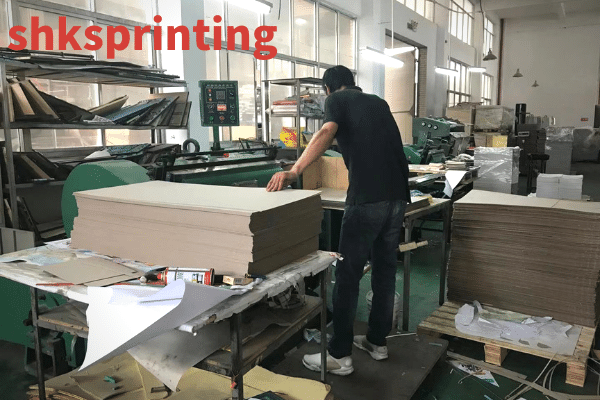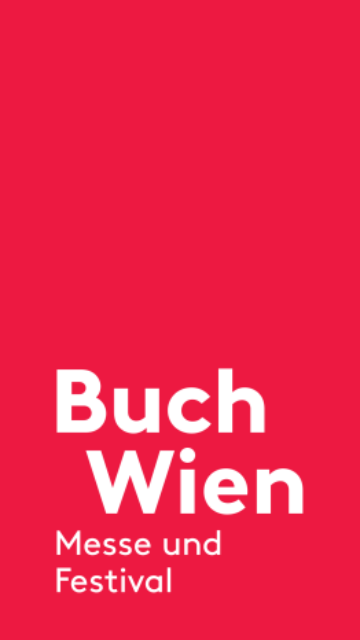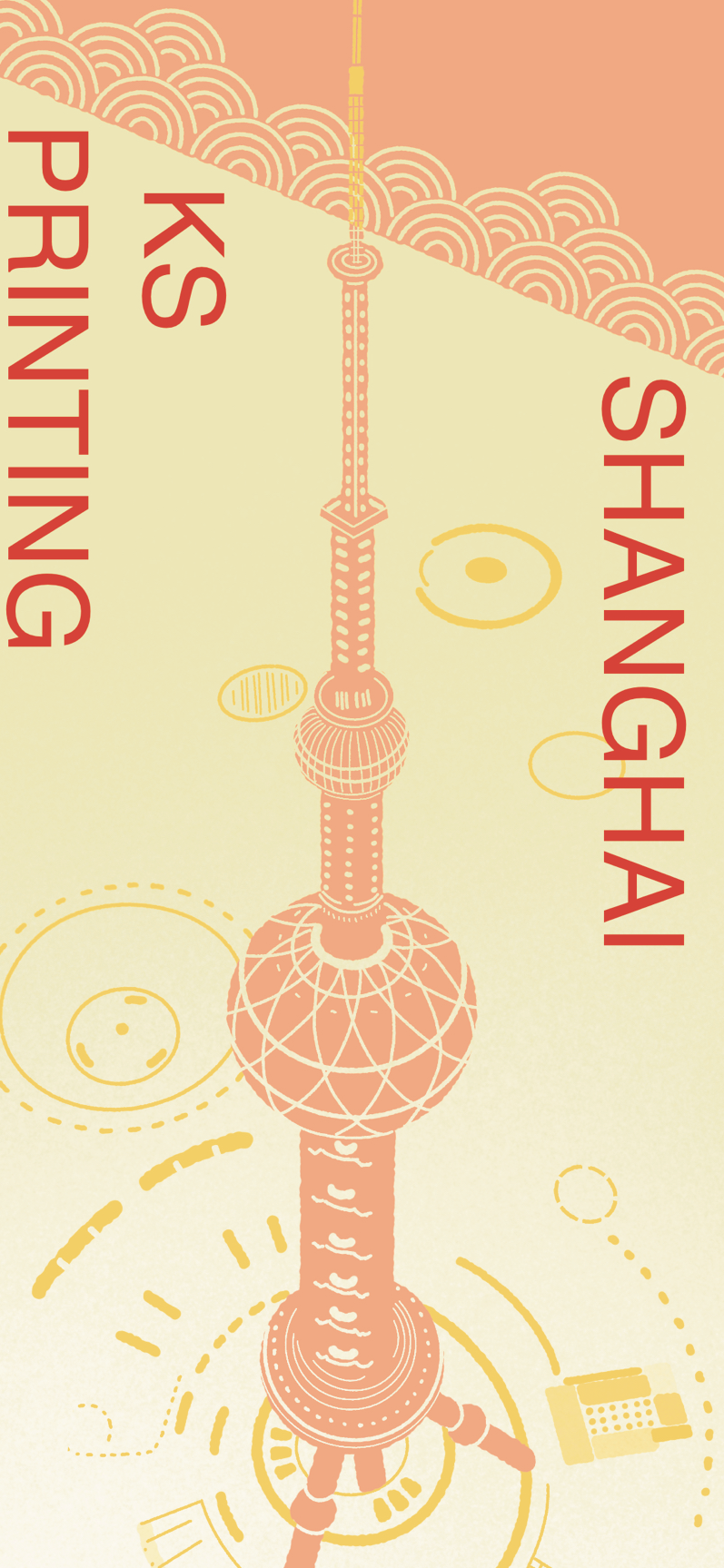2021 The definitive guide to printing paper
2021-03-10
2021 The definitive guide to printing paper
The choice of paper is definitely a part of the design process that needs to be taken into account. The thickness, texture and colour of the paper will affect the feeling conveyed by the design image, and in the process of making a small sample, you can choose more than one type of paper to ensure the effect.
Paper is measured in grams (g) or grams per square metre (g/m²). The thickness of the paper is measured in calipers or millimetres, but not the thicker the paper, the better the quality.
The opacity of the paper refers to the degree to which text or images can be transmitted, which depends on the density and thickness of the paper. A specialist paper company will have their data or experience to provide you with a reference.

- Matt, glossy, waxed paper.
The different paper surfaces affect the brightness of the printing ink. Coarse-faced paper attracts ink from the surface and has essentially no reflective sheen. Rough-surface paper is used for printing textual texts, such as newspapers and books, which are easy to read. However, the ink stays on the surface after printing on glossy paper, so more light shines on the paper under the type, the light is reflected and the colours are darker and more intense. This type of paper is suitable for book covers, magazines, brochures and outer packaging etc. Waxed paper is a paper between rough and glossy. The colour of the ink on waxed paper is not as intense as on glossy paper and the surface is not as glossy.
- Coatings and polishes.
The function of coatings and polishes is to protect the ink and enhance the ink area.
a. Varnishes (Varnishes): A printing coating that can be mixed with other inks or used alone on matt, glossy or waxed paper.
b. Ultraviolet curing coatings (UV Coating), commonly known as over-UV: applied as a liquid and then hardened by UV light. This coating can be used on rough and glossy papers and can be applied in precise partial or full coverage.
c. Water-based rough (Matte), waxed gloss (Satin) and gloss coatings (Gloss) are more expensive and are often applied as a final coat, so that only full coverage is possible.
d. Lamination materials (Lasminates) are plastic sandwiches in paper or transparent liquid layers that have a protective effect








































